Planer Fishing Basics
Traditional Trolling Spreads
Trolling is a very old, effective technique for targeting a variety of gamefish. Employed in every corner of the world, this technique has proven effective for everything from small mouth bass to grander marlin. The theme is simple, move forward at any speed and put some lures or baits behind the boat. Lures and baits vary; everything from 1” jigs to 20lb skipping tuna may end up in the spread depending on the species of fish you are targeting. Regardless of what ends up behind the boat, the concept remains the same; cover ground with baits on the surface hoping for a bite. Trolling is one of the many techniques we incorporate during our miami fishing charters.
Unfortunately, conventional trolling spreads may have multiple lines behind the boat but surface baits still only cover a small percentage of the water column. Some people argue that the boat is a great teaser. Fish “raise” from the depths to investigate commotion on the surface. I think the boat scares more fish than it raises but dredges and teasers can assist for bringing fish to the surface. Regardless of how well you rig your ballyhoo or how great your lures look, they don’t do you much good if the fish are spooky or staying deep. 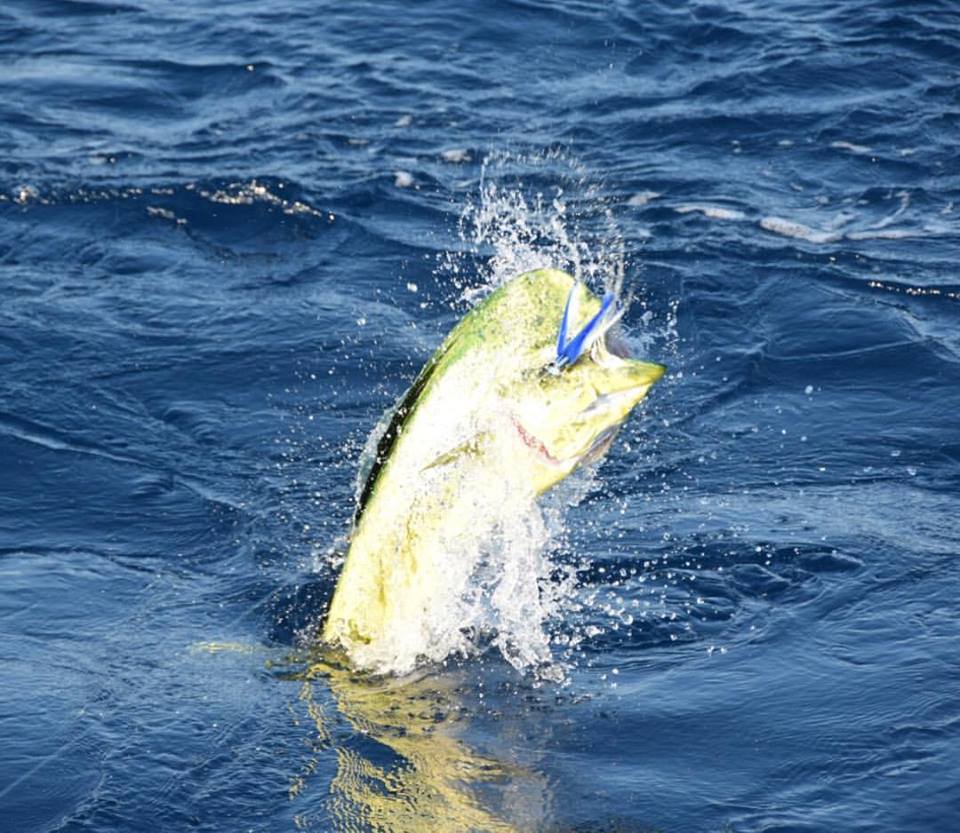
Cover the Water Column
Planers and trolling leads help cover the water column while trolling. Trolling leads are better for high speeds or simpler spreads. To really get your baits deep, planers or downriggers are a necessity. In South Florida, downriggers are used sparingly because of their price tag, complexity, and the fact that they make it difficult to pull a full spectrum spread. Planers have a simple, innovative design that uses water pressure to drive the baits deep. A sliding ring helps the planer dive deep by angling the silver plate downward like a plug. When you get a bite, they “trip” and the bait or fish rise to the surface. We usually pull two planers in our normal spread. For rods we rely on 30 or 50 lb class conventional reels with relatively stout rods. These reels are spooled with 80lb braid, which is attached straight to a #4 planer using a snap swivel. Attached to the planers are 50-foot lengths of leader also attached using snap swivels. 80lb monofilament leaders are usually adequate. Midway through the leader we like to put a ball bearing swivel to prevent line twist.
At the end of your leader you can use a variety of lures and natural baits. Drone spoons are a great lure to start with. They are about 5 inches in length and are pretty much plug and play. Just about anything from kingfish to sailfish will pile on a spoon if they are in the mood. If you fish frequently or don’t mind the prep, bonito strips behind sea-witches can be very effective as well. Strips need to be cut meticulously for them to run true and do best when rigged with pin rigs or double hook rigs. Strips with a lure in the front are a good combination for durability without sacrificing presentation. When rigged correctly, they look and taste like a 6-12” baitfish swimming along deep in the water column. If you are targeting bigger fish or trolling offshore for dolphin, ballyhoo also work well off planers. They can be rigged naked but will last longer and hold up better with a skirt in front. 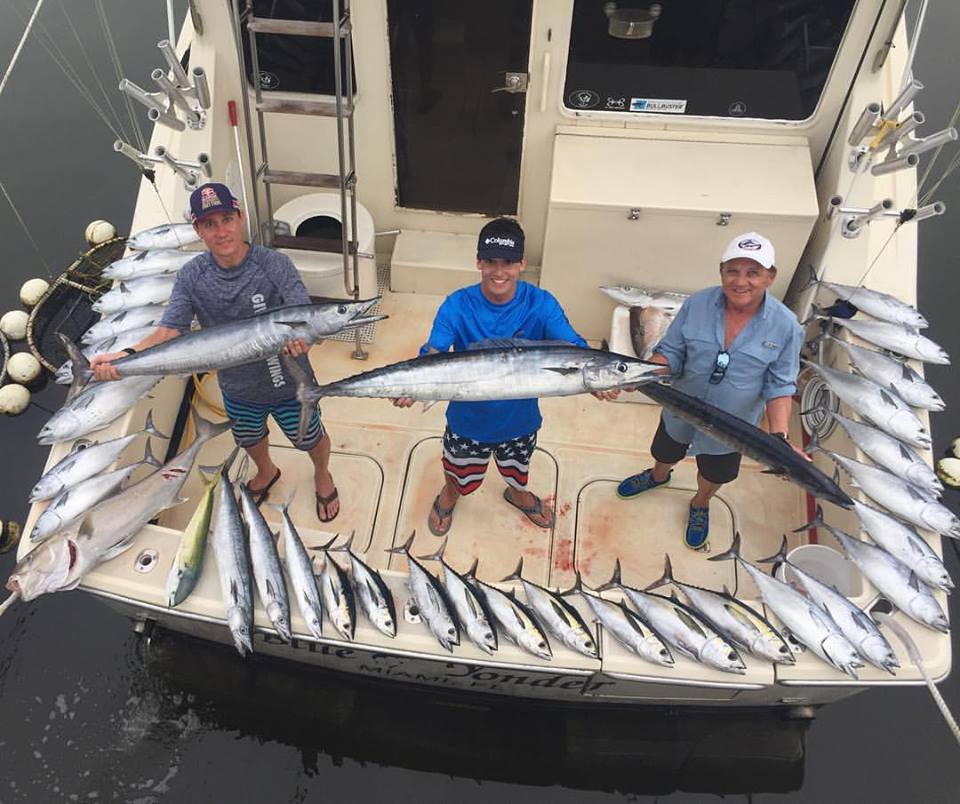 Most of the fish we caught this day were on the planers
Most of the fish we caught this day were on the planers
Stagger Your Baits
When dragging planers we usually fish two rods at staggered distances. One of them is usually 50 feet back and the second is about 200 feet back. When you include leaders, the baits end up being 100-250 feet back. In addition to planers we usually fish 2-4 baits out of the riggers. Ballyhoo and feathers work fine as surface baits. The rigger baits work well for blackfin tuna, sailfish, mahi mahi, and more. At least 80% of your kingfish or wahoo bites however will come on the planer baits. We usually set the drag with just enough tension to prevent line from creeping off the reel. When we get a bite we either take some cranks to get tight or back off the drag for aggressive strikes. Always monitor your rod tips while fishing with planers. Bites can appear to be subtle and the rod usually loses tension during a strike. This concept is the opposite of what most anglers are accustomed to.
The End Game
Leadering is the last step after you get a bite. We fish wind-on planer rigs but they aren't necessary for most anglers. You can usually just wind the planer up to the rod tip, back off the drag, and hand line the fish to the boat. Always allow the slack line to loop behind the boat rather than on the deck. Sidestepping helps the belly flow naturally in the water and prevents tangles. ALWAYS keep the boat moving forward. We usually bump in and out of gear as we leader kings to the boat. Smaller fish are usually safe to flip over the side. Fish hooked on the planer are usually hooked pretty well if they make it to the boat. For bigger fish, it is a better move to reach for the gaff when they get to the transom.
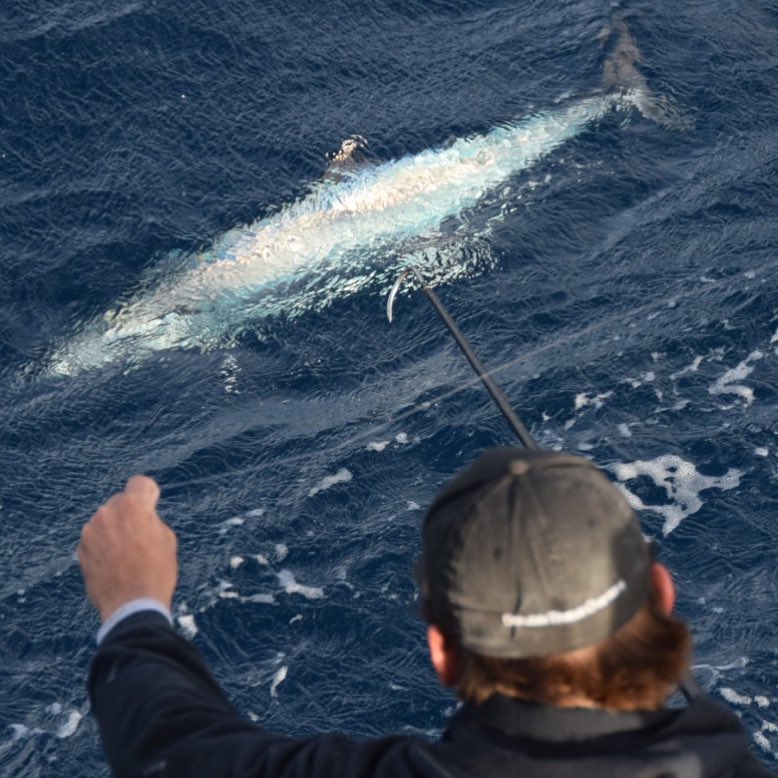
‹ Back



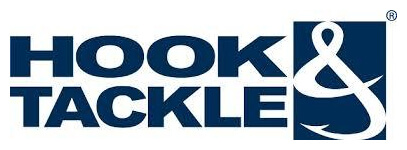






Comments